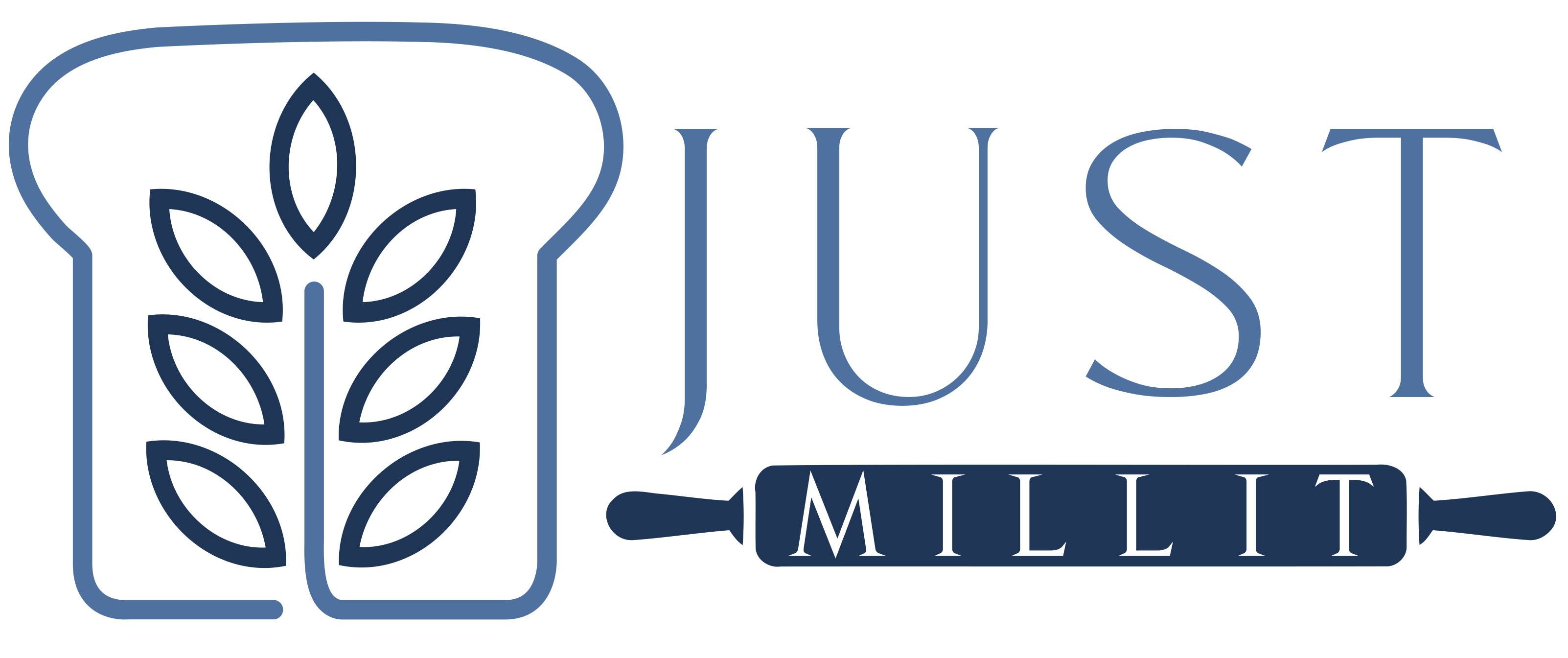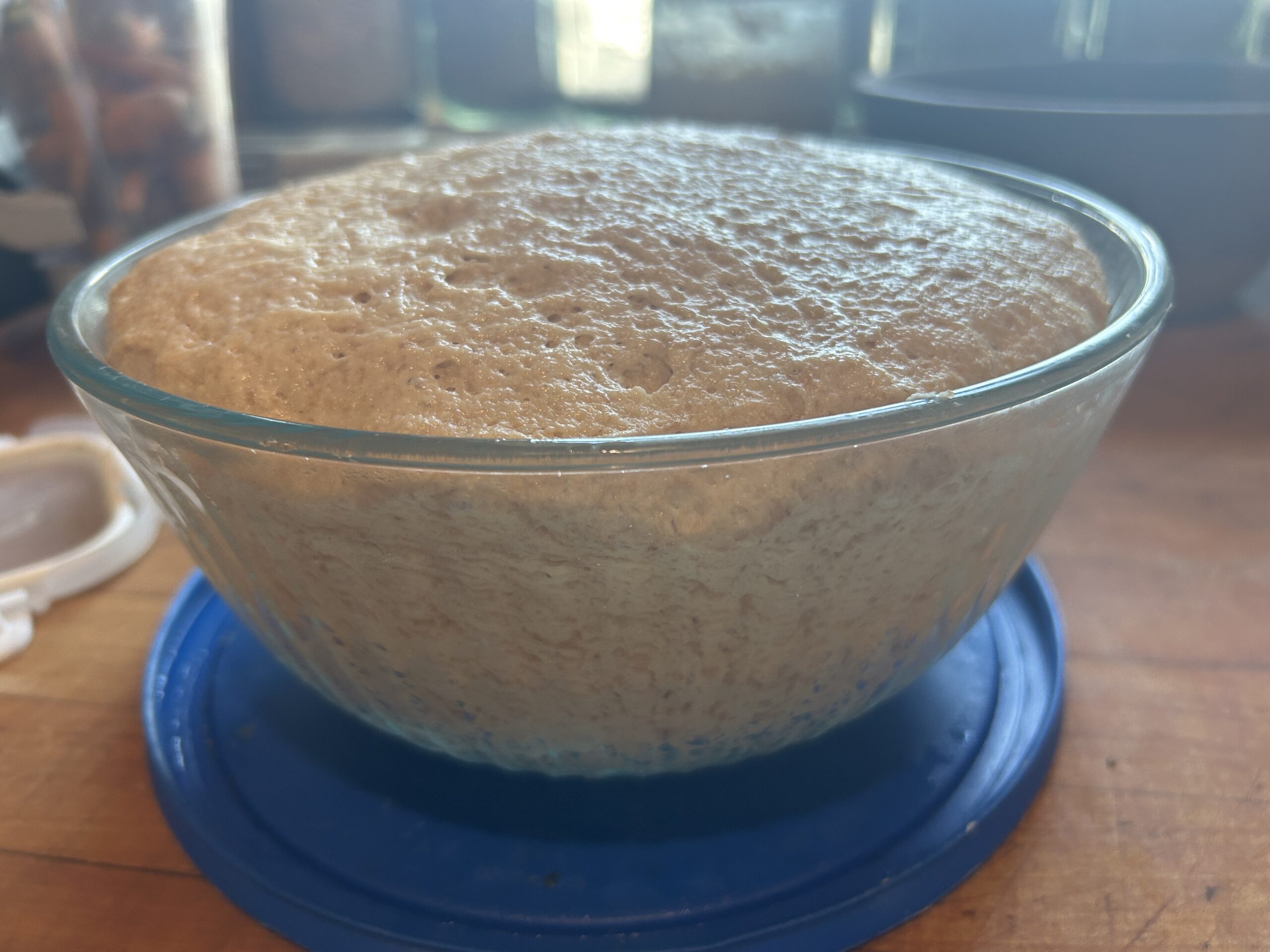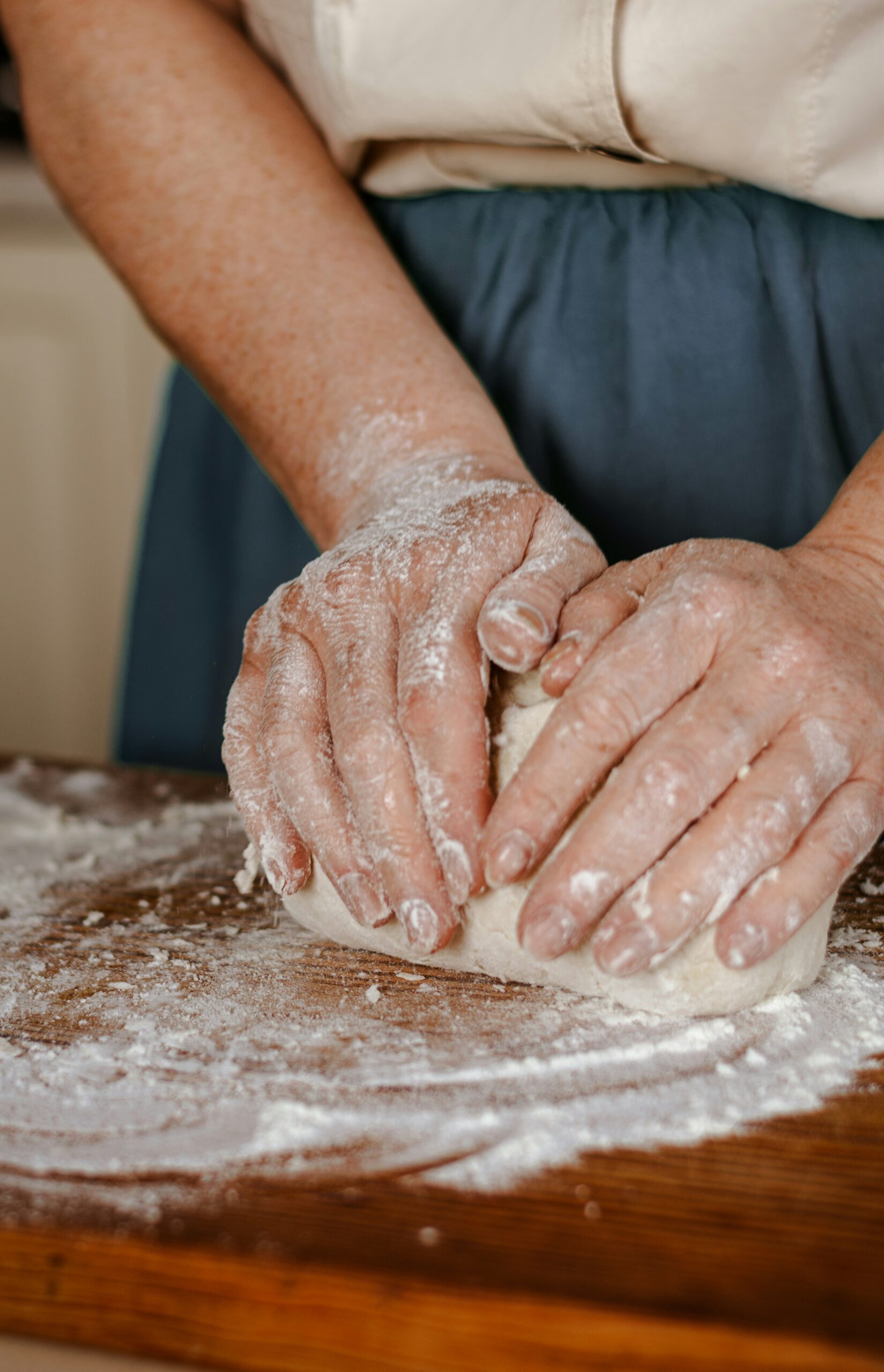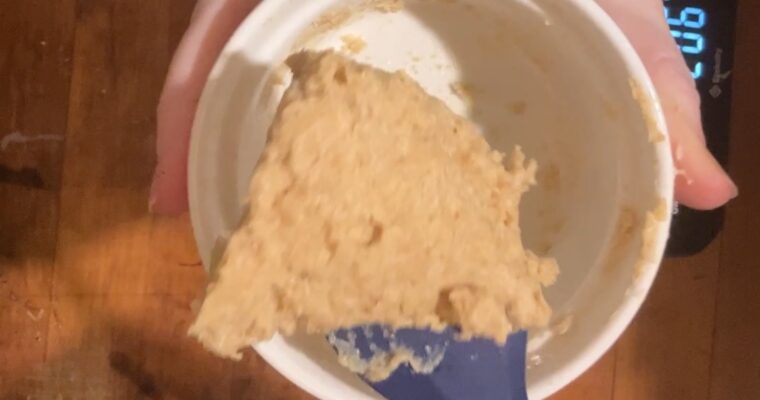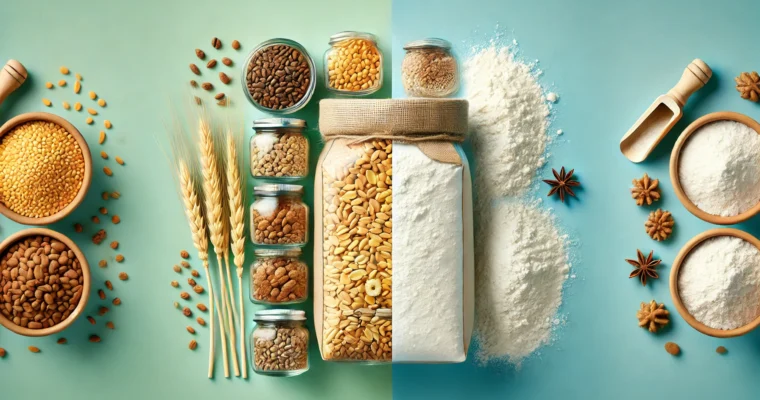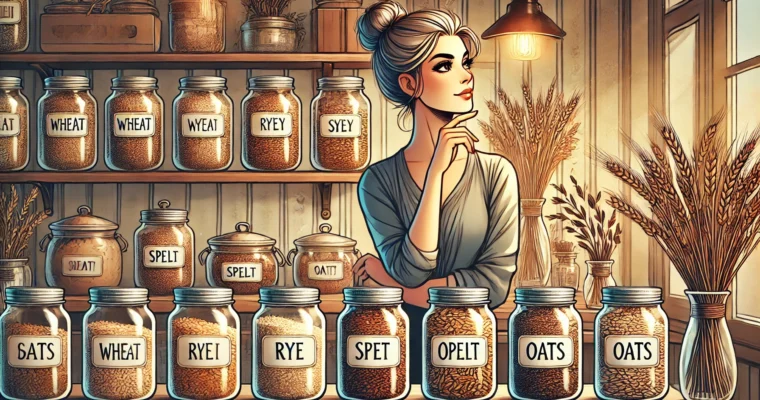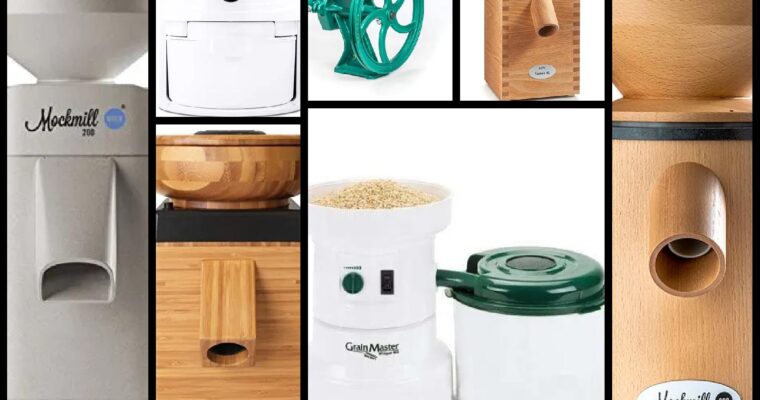Fermentation (The First Rise)
After passing the windowpane test, next up is fermentation. This is also called the “first rise”, where the yeast feed on sugars and starches in the dough. Carbon dioxide is produced, which gives our bread loft and holes. The warmer the environment, the faster the fermentation. read more…
